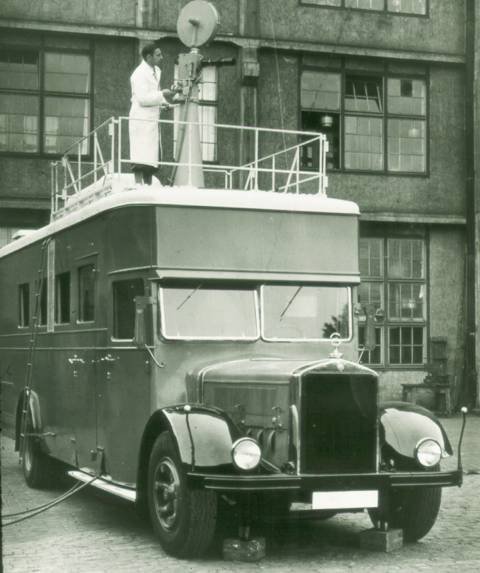I love to do a separate room with some antic stuff inside like the a good CRT Projector an old early Tube TV and if possible some of the stuff you talk about.
I think about it since many years.
But the room I had plan for this is blocked by my daughter for the next years
I think about it since many years.
But the room I had plan for this is blocked by my daughter for the next years







Comment